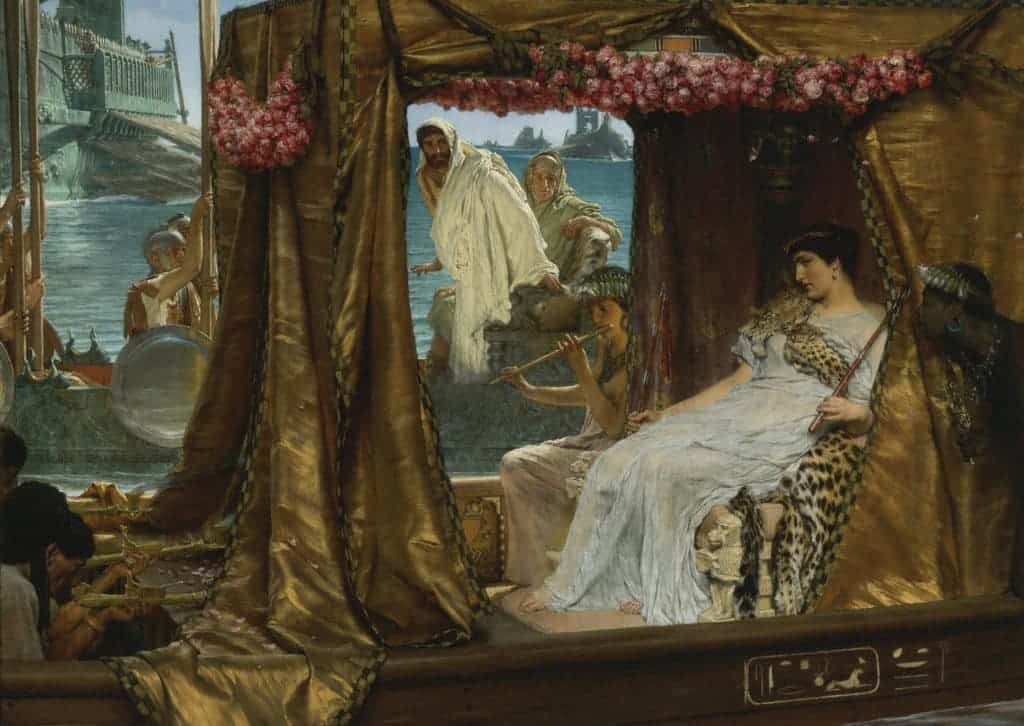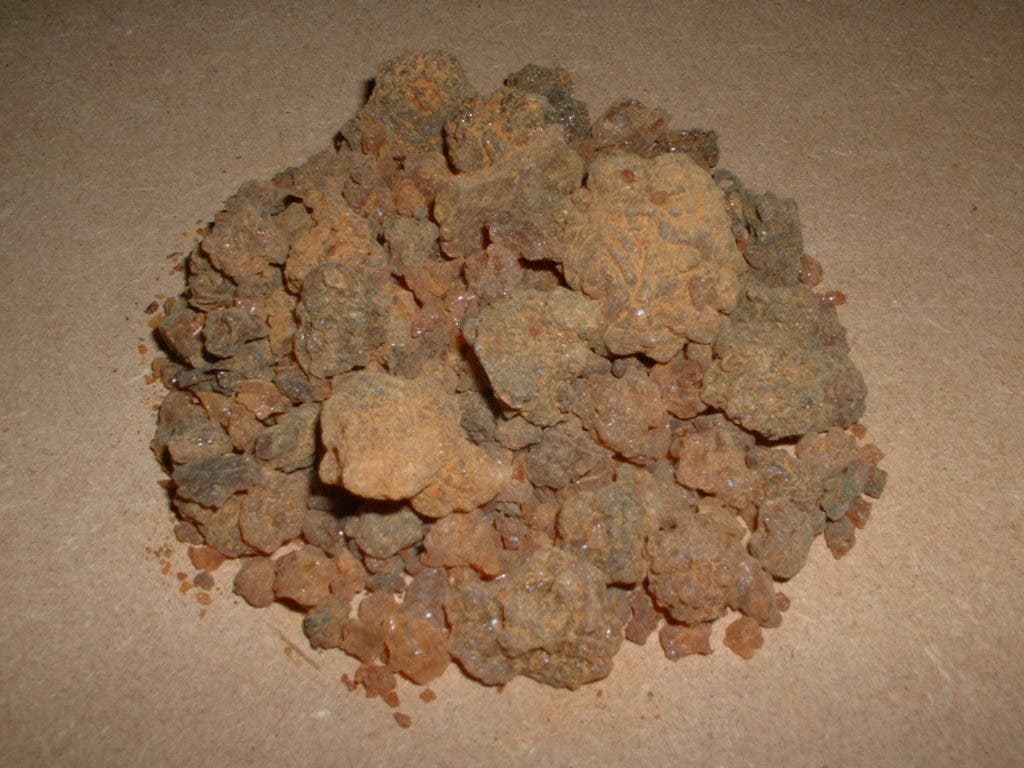The scent is much stronger than most modern perfumes, and also lasts for longer.

Shakespeare wrote that Cleopatra’s sails were “so perfumèd that the winds were lovesick with them.” According to an ancient legend, when Cleopatra first visited Marc Antony in Tarsus, she coated the sails of her royal boat in a fragrance so strong that you could smell the ship before it arrived.
It’s hard to say just how much of these stories is true, but it’s pretty safe to say that Cleopatra (and ancient Egyptians in general) loved their perfume. Now, a team of researchers has recreated a perfume that they believe Cleopatra might have worn.
Robert Littman, an archaeologist at the University of Hawaiʻi at Mānoa, and his colleague Jay Silverstein were working at an excavation of the ancient Egyptian city Thmuis.
Thmuis was founded north of Cairo, in the Nile delta, some 6,500 years ago. The city was also home to some of the most famous ancient perfumes. So it came as no surprise when the two archaeologists uncovered an ancient fragrance factory.
The site dating from 2,300 years ago was riddled with tiny glass perfumes and clay amphorae used to store perfumes. The team saved every bit of matter they could and then sent it to the lab for analysis. The fragrance wasn’t noticeable, but the lab analysis (which isn’t yet complete) can reveal the components of the ancient perfume.

The fragrance had a thick, olive oil-like consistency, with the main ingredient being myrrh — a natural resin extracted from a number of small, thorny tree species. The team believes the mixture also contained cardamom, green olive oil, and cinnamon. The resulting concoction, which researchers created based on chemical and historical information, was strong and spicy, with a faint hint of musk, Littman says.
“I find it very pleasant, though it probably lingers a little longer than modern perfume,” he says.
“What a thrill it is to smell a perfume that no one has smelt for 2,000 years and one which Cleopatra might have worn,” Littman added.
You can smell the fragrance yourself at the National Geographic Museum’s exhibition “Queens of Egypt” in Washington DC.
While this is probably a very good approximation, until the chemical analysis is completed, it’s hard to say exactly what the perfume consisted of. Furthermore, while the recovered fragrances were representative of ancient Egypt, Cleopatra might have had her own customized concoction.
“Cleopatra made perfume herself in a personal workshop,” Mandy Aftel, a natural perfumer who runs a museum of curious scents in Berkeley, California, told Atlas Obscura. “People have tried to recreate her perfume, but I don’t think anybody knows for sure what she used.”
It may not be exactly what Cleopatra used, but the fact that we can produce fragrances similar to ancient fragrances is remarkable in itself. Would you use one?









